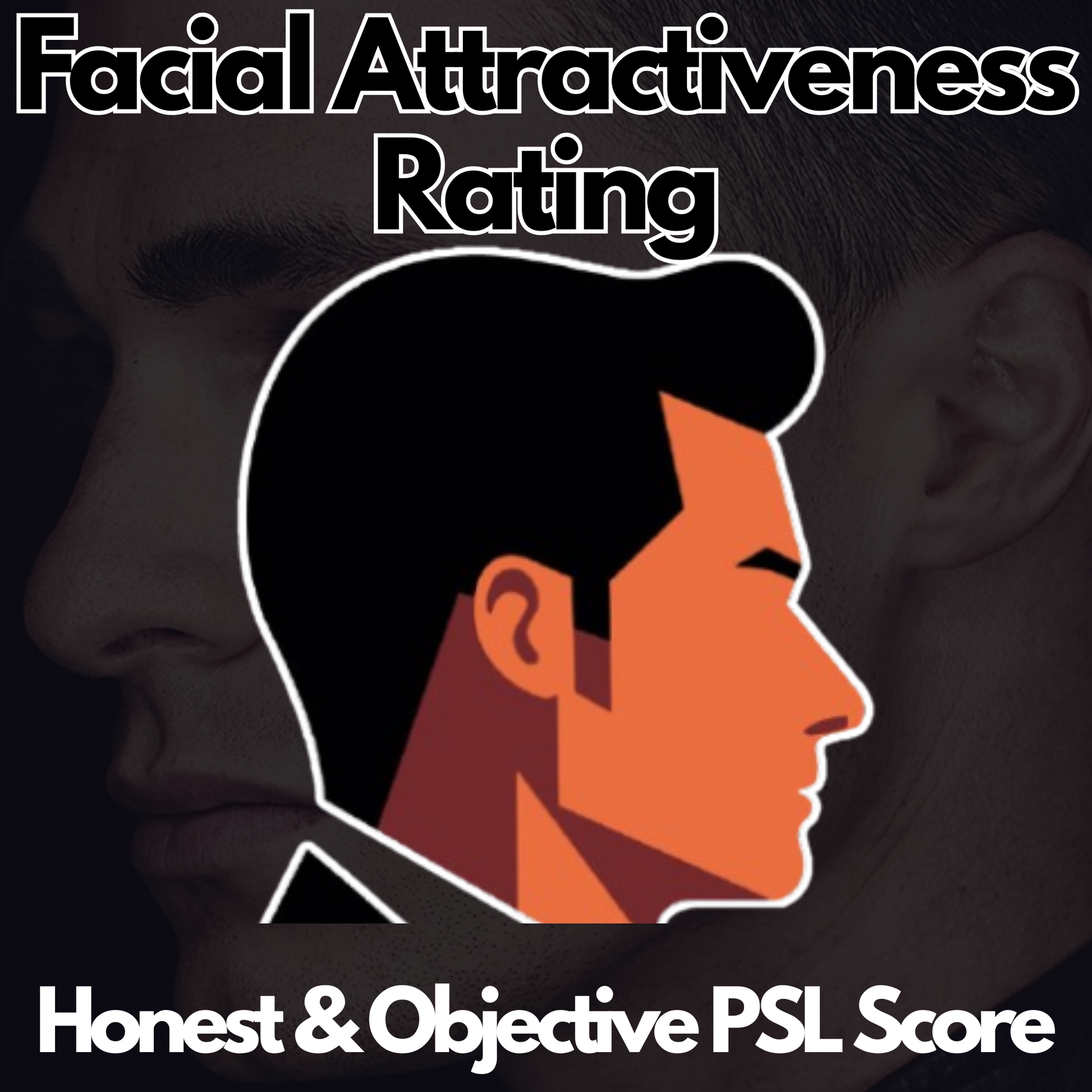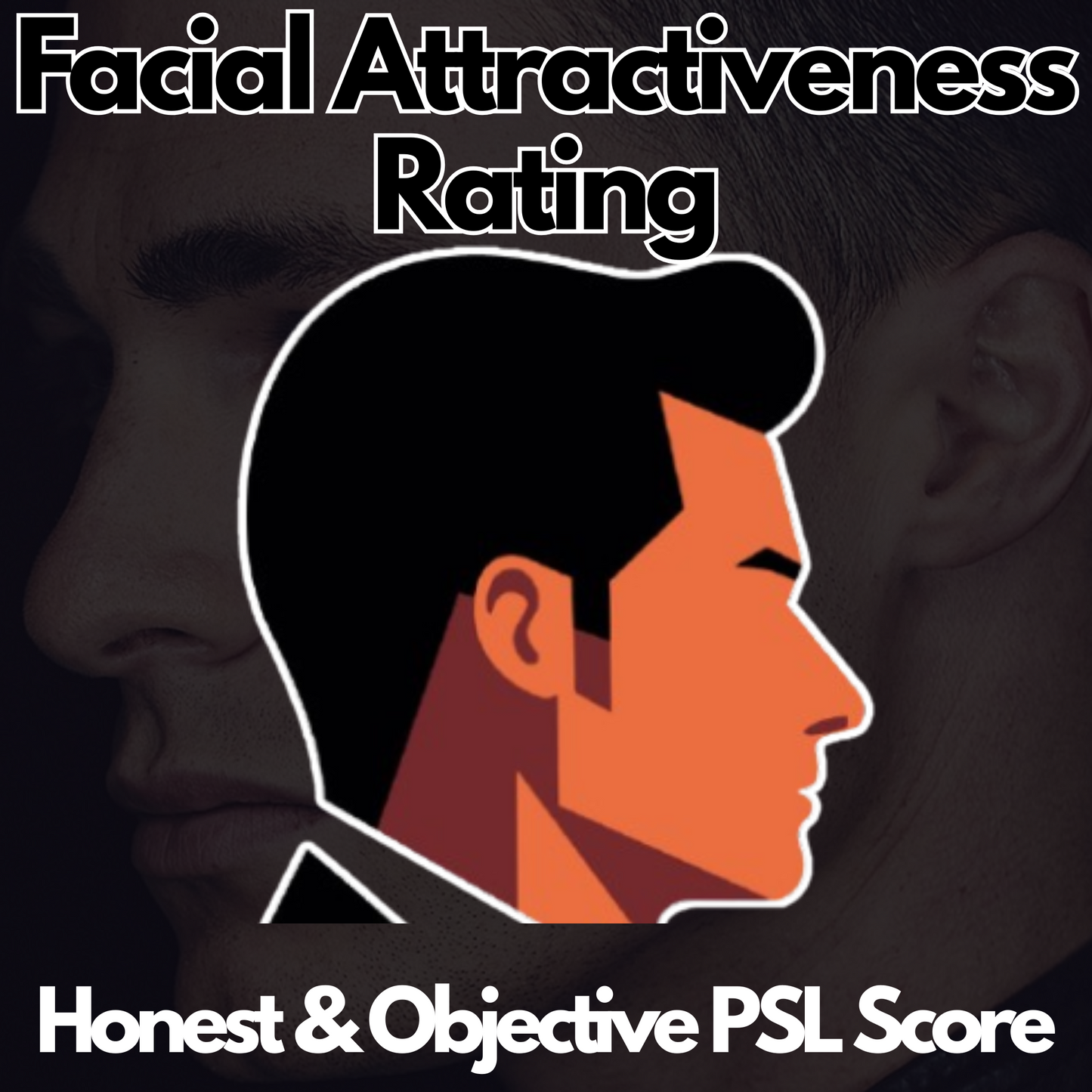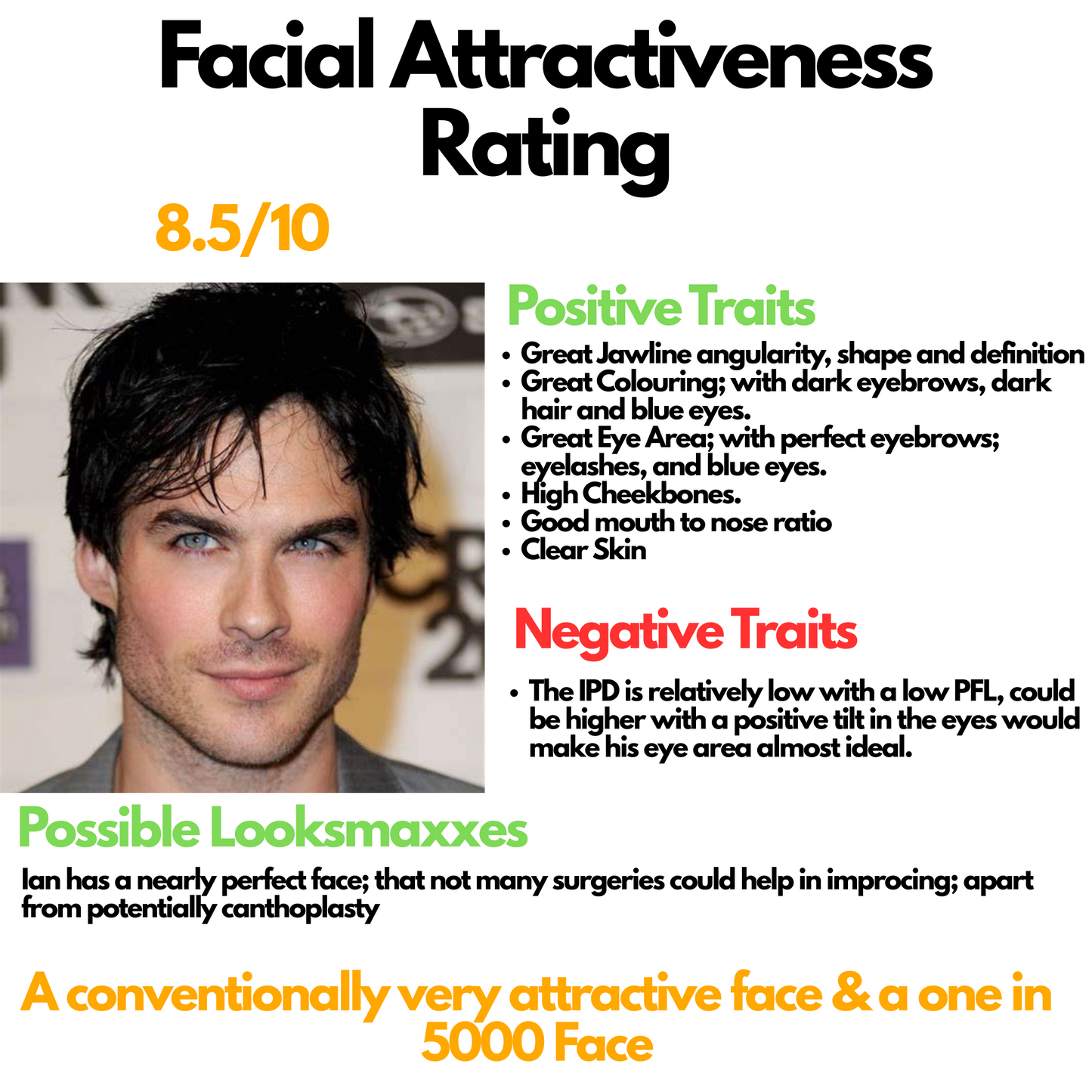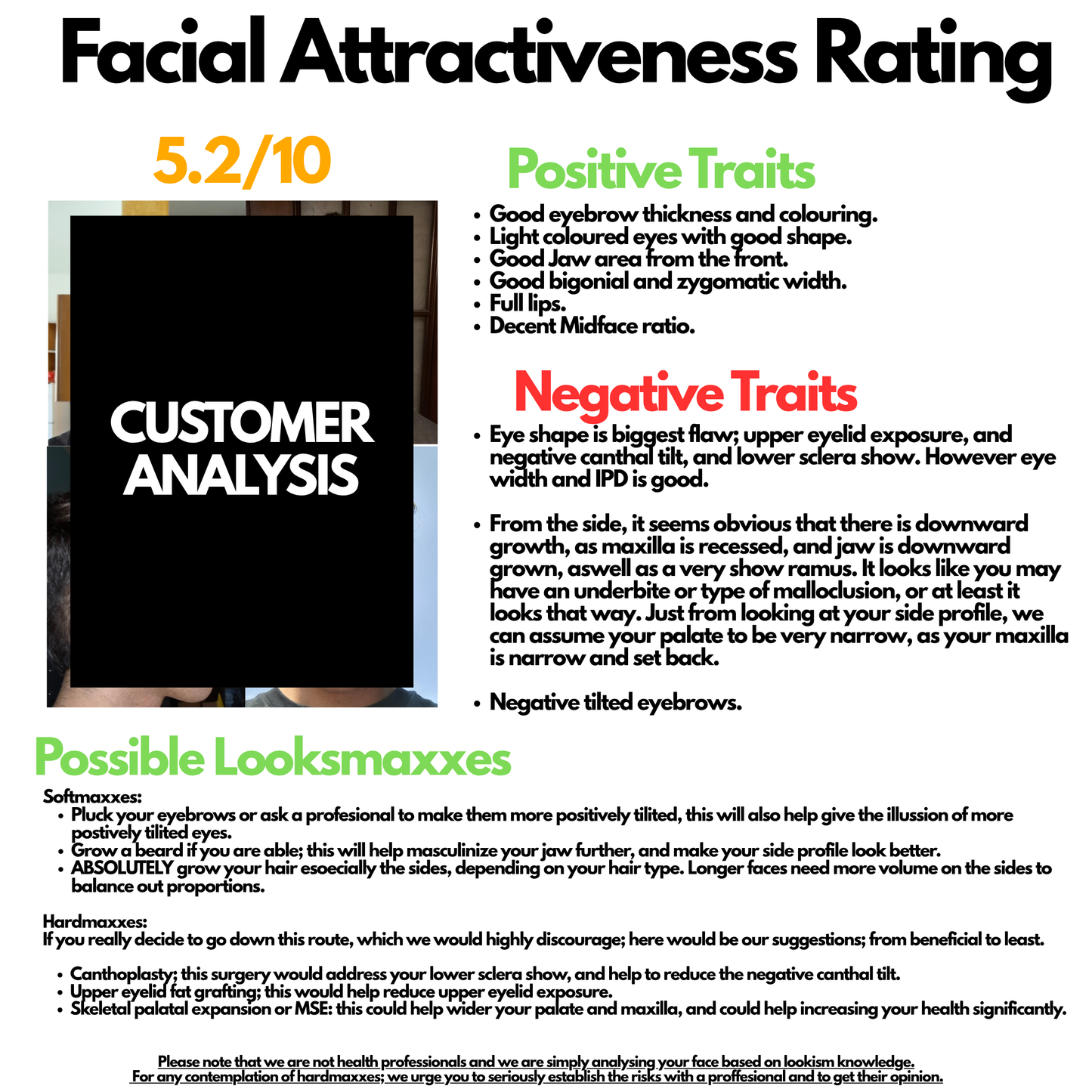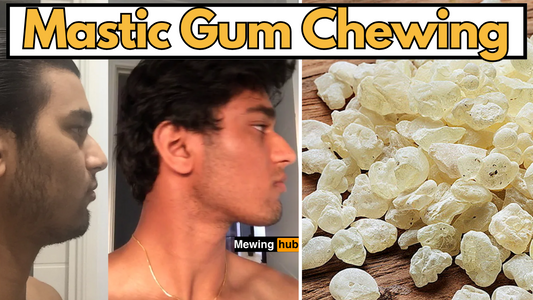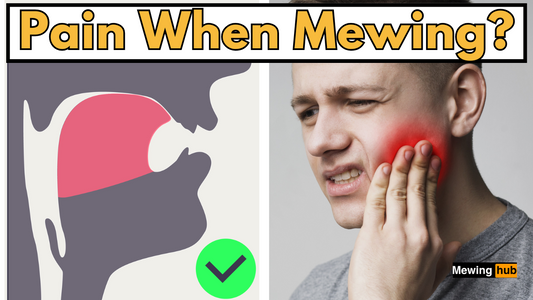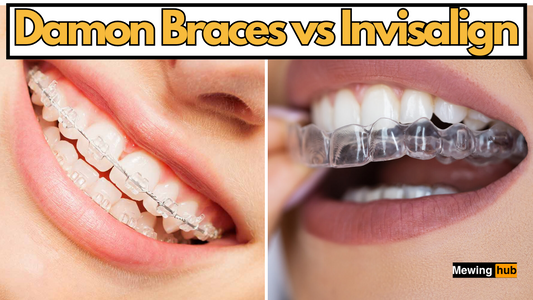How Long Does Mewing Take ?
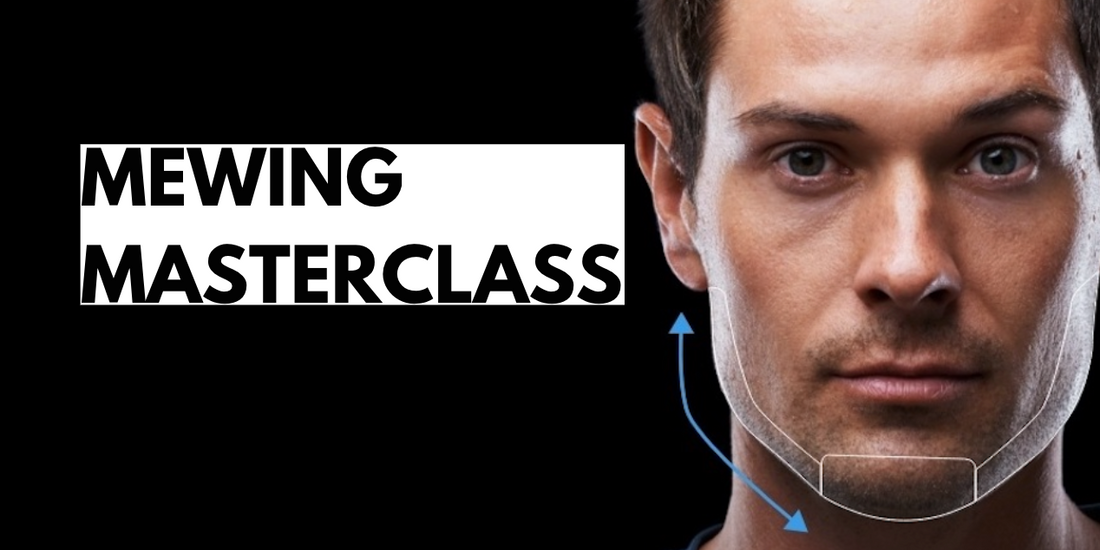
Share
When it comes to improving facial aesthetics and promoting facial development, mewing has gained significant attention in recent years.
However, one question that frequently arises is, "How long does mewing take?"

Understanding the Fundamentals of Mewing:
Before discussing the duration of mewing, it's essential to grasp the basic principles of this technique. Mewing involves adopting proper tongue posture, along with correct chewing habits and body posture.
By resting the entire tongue on the roof of the mouth and breathing through the nose, mewing aims to promote facial development, including cheekbone enhancement, jaw size improvement, and gonial angle optimization.

All of this is possible Through Wolff's Law which states that under pressure and time, bone will remodel to better accommodate the pressure.
The Role of Time in Mewing:
The first thing to understand about mewing is that it takes time. It's crucial to manage your expectations and avoid seeking quick fixes or overnight transformations.
Mewing is a long-term commitment, requiring consistent effort and patience.
Note that as we get older the bones in our face are less malleable to change; so it may take up to 1 year to notice mewing results after the age of 25.
Factors Influencing Mewing Progress:

-
Individual Variation: Each person's anatomy, genetics, and age play a role in how quickly they may experience mewing results. Some individuals may notice changes sooner, while others may require more time. Usually the younger, the better and faster the mewing results are.
-
Current Facial Structure: The starting point of your facial structure also affects the duration of mewing. Those with more room for improvement or structural discrepancies may observe more pronounced changes over time.
-
Consistency and Dedication: The frequency and consistency of mewing practice significantly impact progress. Regularly maintaining proper tongue posture throughout the day, including during sleep, is crucial for consistent pressure on the palate.
-
Additional Factors: Proper chewing habits, maintaining good body posture, and incorporating exercises to strengthen the tongue and jaw muscles can enhance the effectiveness of mewing.
Muscular Changes and Jawline Improvement From Mewing
It's important to note that while significant bone changes resulting from mewing can take years to manifest, some individuals may experience faster progress in terms of muscular changes and jawline improvement.
Within a few months of consistent mewing and incorporating proper chewing exercises, you may begin to notice enhanced jaw muscle definition and a more defined jawline.
These changes are typically attributed to muscular hypertrophy, which can contribute to a more chiseled appearance.

Bone Changes From Mewing
While muscular changes may be relatively quicker, significant bone changes take considerably longer to occur. Bone remodeling is a complex process that requires time and sustained pressure.
As you consistently maintain proper tongue posture and exert pressure on the palate, the bones of the face may gradually adapt and reposition over an extended period.
It's important to keep in mind that bone changes can be subtle and may take years to become noticeable.
The Combination of Muscular and Bone Changes:
The ultimate goal of mewing is to achieve a harmonious balance between muscular and bone changes, resulting in improved facial aesthetics.

1 year of Mewing
While muscular changes can provide initial visible enhancements, it's the long-term bone remodeling that brings about more significant transformations to the face.
Incorporating Mewing into Your Daily Routine:
To maximize the effectiveness of mewing and potentially expedite progress, consider the following tips:
Learn Proper Tongue Posture:
Swallowing techniques can help ensure correct tongue posture. Practice keeping your entire tongue on the roof of your mouth, even during sleep.

You can also get a Mewing Appliance, which will help you mew in your sleep and correct your bite.

Or the Mewing-Ring which will make it uncomfortable for you not to mew, and allow you to properly engage the back third of the tongue.
Of course these are just physical motivators and reminders, but you will still need to put in effort!
Maintain Good Body Posture:
Proper body posture aligns your head with your shoulders and supports the correct tongue posture with less effort.

Standing straight, shoulders back, with the neck right above your shoulders is how you want your posture to be.
Learn how to fix your posture for mewing with our indepth guide on how to have Correct Body Posture when Mewing ?!
Chewing Exercises While Mewing:
Engage in regular chewing exercises using hard gum or specialized chewing tabs to stimulate the jaw muscles and support facial development. However, avoid excessive chewing to prevent strain on the jaw joints.

Jawlize Chewing tabs are great to train you masseter muscles (chewing muscles), which comes in varying difficulties.
Be Patient and Consistent:
Stay committed to mewing, maintaining proper tongue posture, and incorporating chewing exercises consistently. Results may be gradual but can be worth the effort.
mewing, maintaining proper tongue posture, and incorporating chewing exercises consistently. Results may be gradual but can be worth the effort.
Before and after images of people who have mewed:

1.5 years


1.5 years
Conclusion
Mewing is a long-term commitment that requires patience, consistency, and realistic expectations.
While some individuals may notice changes within a few months, significant bone remodeling can take years to manifest.
By understanding the fundamentals of mewing, maintaining proper tongue posture, and incorporating effective techniques into your daily routine, you can embark on a transformative journey toward improved facial aesthetics.
For more information and support, visit the MewingHub Forum and join the mewing community.
References
-
Natural Dentist Associates (2022). "The Effects of Tongue Posture and Facial Structure." Improper tongue posture can lead to issues such as a high and narrow palate, flattened face, recessed chin/jaw, and sunken cheeks. Read more (Natural Dentist Associates).
-
Springfield Smile Doctor (2022). "The Impact of Mouth Breathing on Face Development." It highlights that these issues can further lead to TMJ pain, chronic headaches, and sleep apnea if left untreated. Read more (Springfield Smile Doctor).
-
AAPMD (2022). "How The Tongue Plays A Part Of Children’s Development." This article explains that improper tongue posture can have a deleterious effect on the maturation and development of the oral cavity, leading to issues such as instability of the temporomandibular joint and suboptimal dental arch development. Read more (AAPMD).
-
BMC Oral Health (2020). "Effects of mouth breathing on facial skeletal development in children: a systematic review and meta-analysis." This study reviews the impact of mouth breathing on facial skeletal development, showing significant correlations between mouth breathing, improper tongue posture, and various dentofacial anomalies. Read more (BioMed Central).

